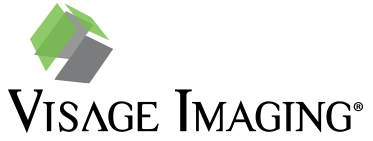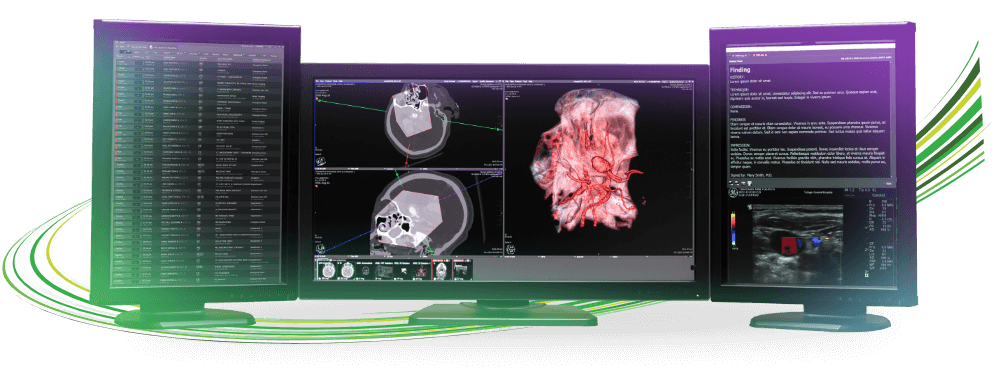Can you? Visage can. Vol. 1 Speed | Chapter 5: At-Home/Remote Reading

Thank you for continuing to stay with us, as we're halfway through our "speed" series of blog posts, “Can you? Visage can.” In our last chapter, we discussed how In-Viewer Workflow differentiates truly fast viewers from viewer pretenders, exploring the elusive "start of interpretation" that many lessor viewers struggle overcoming. These are topics that most don't consider when initially thinking about speed. Speed is an emotional topic, you know it when you see it, but there's even more to it than "surface" speed. And that brings us to our next topic in Chapter 5: At-Home/Remote Reading.
At-Home/Remote Reading
Legacy PACS performance for users outside of the LAN has historically been dreadfully poor. We’ve encountered customers who have told us flat out their PACS is unusable remotely. Sometimes that performance is attributed to needing to run their viewer(s) over a VPN. Other times we are told that broadband speeds are simply unsupported. One major PACS vendor has gone so far as to place a disclaimer on their website requiring 1 Gigabit/s connections between client and server for adequate performance. I’ll also share a real world story where a customer told Visage, “I know you’re great at advanced visualization remotely, but can your viewer support batch reading of plain films with priors, on-demand, back to back to back? We can’t do that with our current viewer at all.” Visage proved the remote batch reading performance and more, and is now live across their multi-hospital enterprise.
Visage 7 performs nearly identically, whether local or remote, over VPN, using Windows or macOS, even over broadband speeds. For primary reading, Visage recommends ≥6 Mbps bandwidth, with <80 ms of latency. For other clinical use, Visage recommends ≥2 Mbps bandwidth, with <200 ms of latency. Visage customers tell us that there's no practical difference in reading remotely. One large health system who could not read remotely on their prior PACS, first piloted at-home reading on Visage 7, and then quickly expanded the initiative. Why? They found that their radiologists reading at home were even more productive than in the hospital setting with higher quality, and the quality of life benefits were having a big positive impact on their mental health. With all of the stresses of radiology, enabling more of their radiologists to read from home more frequently was a win-win-win for the institution, for the radiologists and for the patients they care for.
Yes, speed is an enabler that cannot be underestimated. Stay tuned. Next up for "Can you? Visage can" is Chapter 6: Regional Enterprise Imaging.




